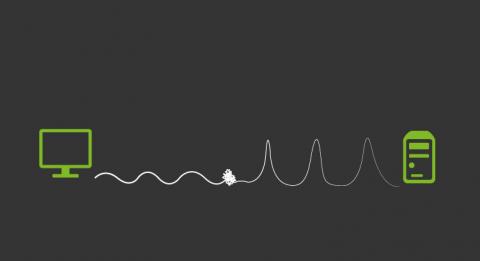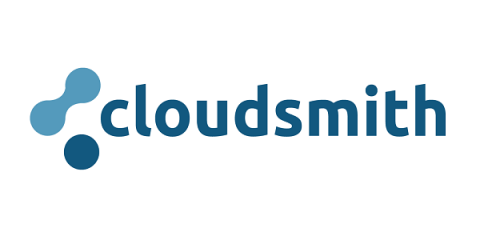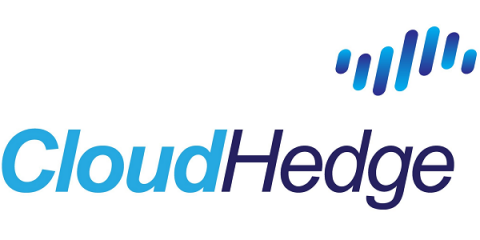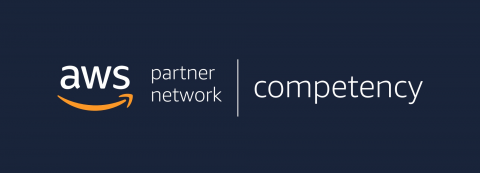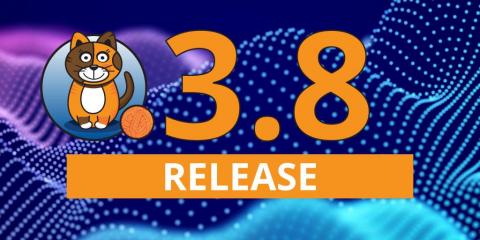Why does CUBIC take us back to TCP congestion control?
TCP congestion control is a fundamental part of this protocol and over the years has undergone a process of constant improvement through the generation of different versions, such as TCP Tahoe, Reno, Vegas, and so on. The case of the TCP CUBIC version, which has been the default congestion control applied by Linux/Unix systems.


